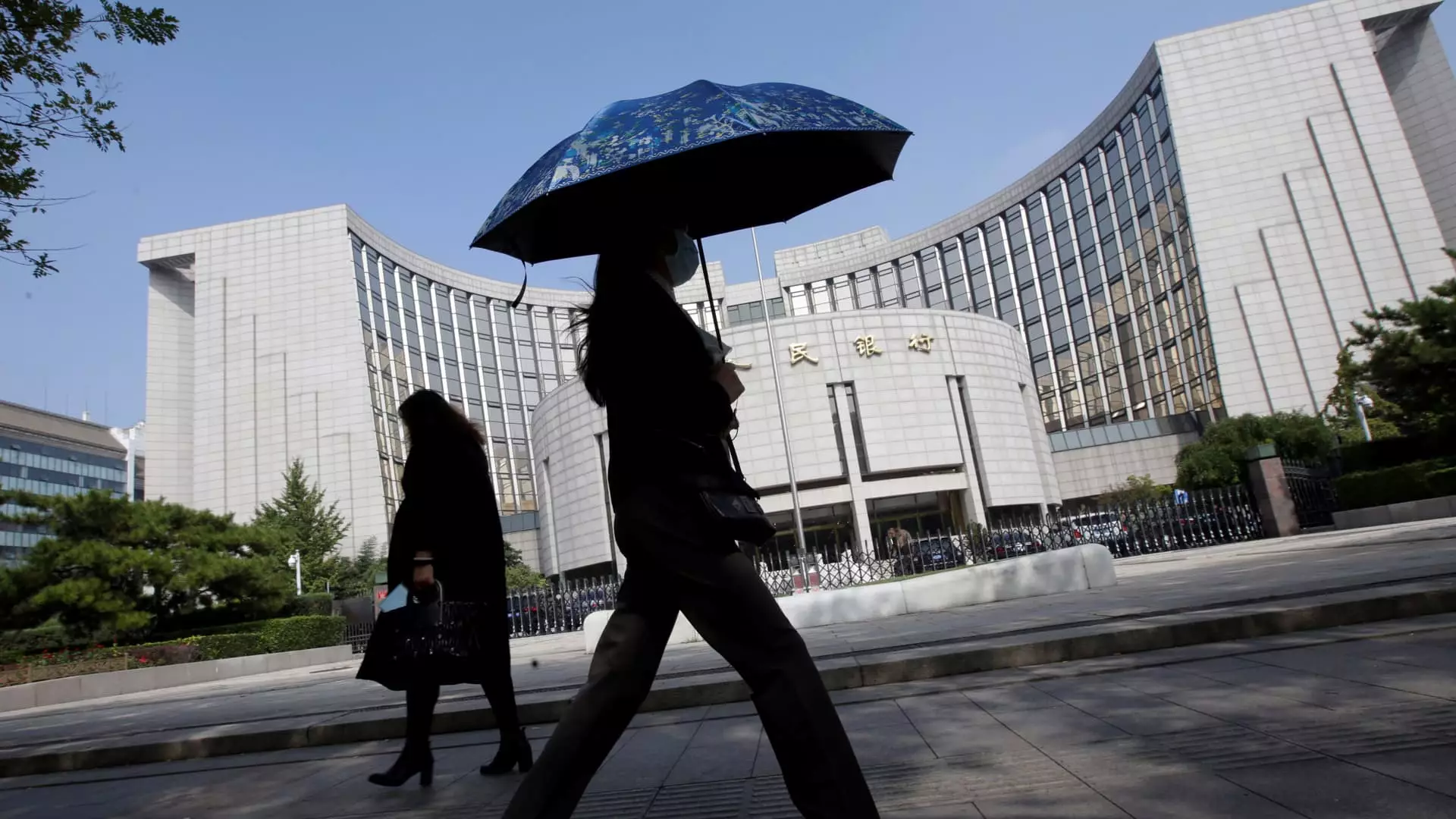Ratings agency Fitch has adjusted its forecast for China’s policy rate, no longer anticipating a cut this year. Instead, they have postponed their expectations for a reduction to the following year, attributing this change to the U.S. Federal Reserve’s decision to maintain high interest rates. Fitch now predicts that China will maintain its one-year medium-term lending facility (MLF) at 2.5% for the current year and reduce it to 2.25% in the upcoming year. This adjustment differs from their previous forecast of a single cut in 2024.
According to Jeremy Zook, Fitch Ratings’ head of sovereign rating in Asia Pacific, one of the key reasons behind this shift is concerns around the exchange rate between the Chinese yuan and the U.S. dollar. The changing expectations for the Fed’s monetary policy have led to apprehensions that restrain the People’s Bank of China (PBOC) from making immediate adjustments. However, Zook remains optimistic that as the Fed begins to lower policy rates next year, there will be more flexibility for the PBOC to maneuver and potentially make changes to China’s interest rates.
Zook suggests that Beijing is likely to rely more on fiscal policy measures this year to stimulate the economy. Additionally, he points out concerns regarding bank net interest margins, which have been quite low. This scenario presents challenges for the PBOC, as net interest margin is a critical indicator of bank profitability. The pressure of maintaining low margins, alongside other financial factors, may influence future decisions on interest rates in China.
The last adjustment to the one-year MLF in China was made in August 2023, according to official data sources. The PBOC sets the MLF monthly and utilizes it to guide the benchmark loan prime rate (LPR), which serves as a significant reference point for lending rates within the financial sector. Governor Pan Gongsheng emphasized the continuity of supportive monetary policy in a recent speech, highlighting the stability of the yuan’s exchange rate amidst challenging circumstances. He also noted the disparity in interest rates between China and the U.S., suggesting a cautious approach to future monetary policy adjustments.
Despite earlier speculations of a policy rate cut in China, Fitch’s revised expectations align with the current global economic landscape. The interplay between the Fed’s decisions and China’s domestic considerations will likely shape the trajectory of interest rates in the coming years. As external factors continue to evolve, it will be essential for policymakers in China to adapt their strategies to maintain economic stability and growth.

